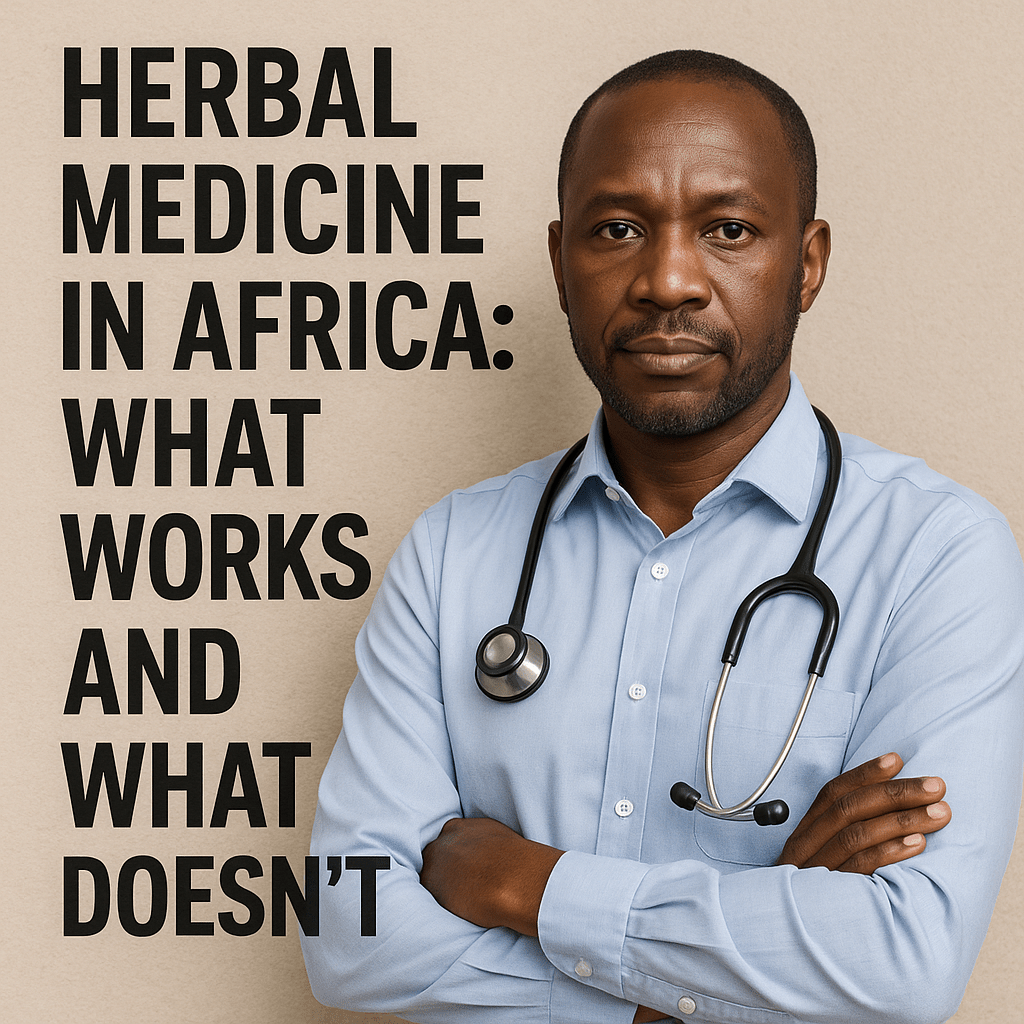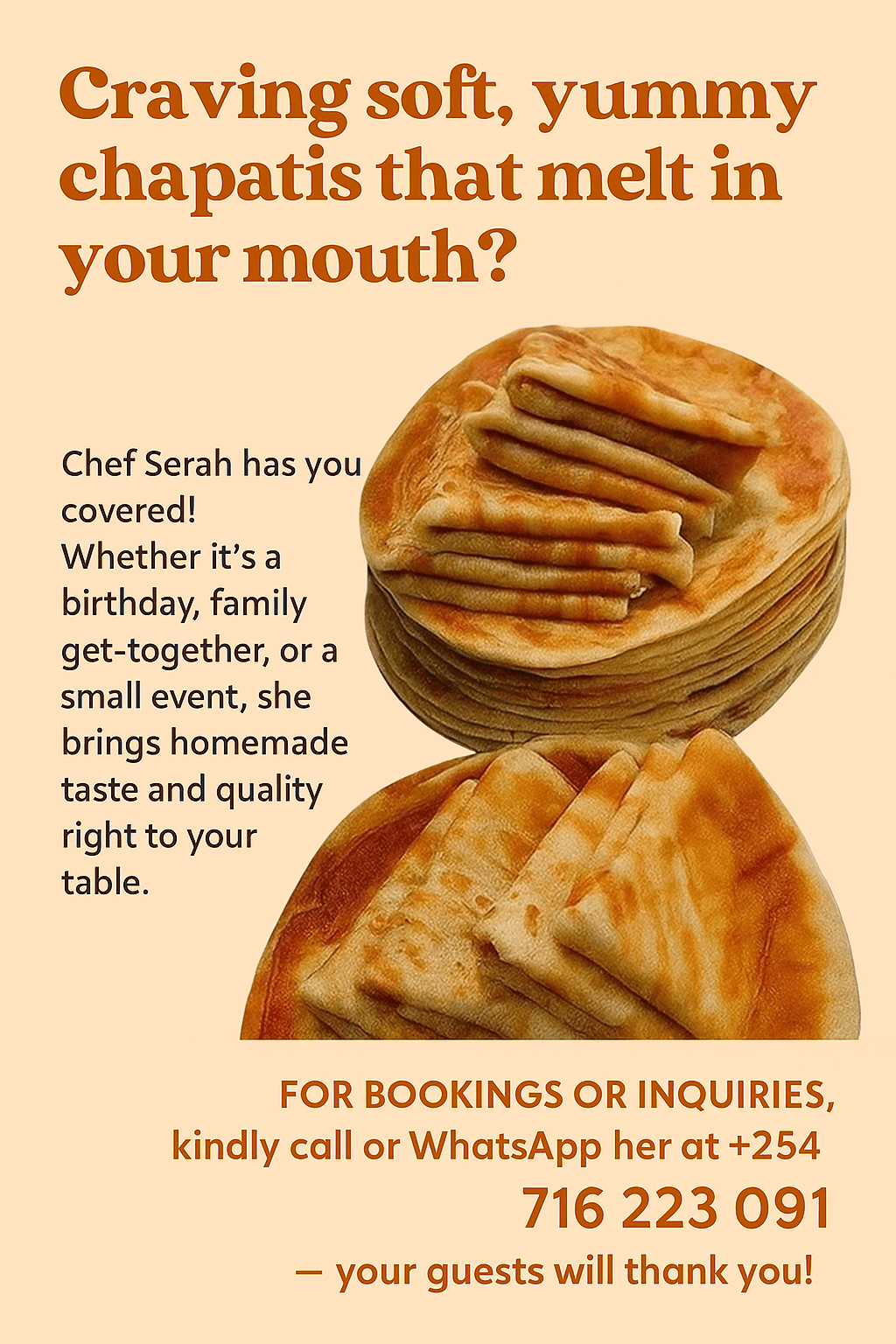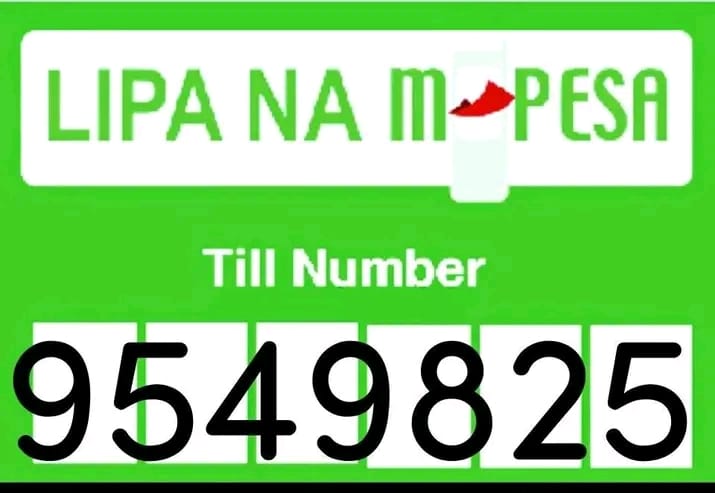
simply amazing, always for you.
Africa is a continent where modern pharmaceuticals and ancient traditions often intersect in profound ways. For millennia, Africans have turned to herbs, roots, bark, and natural compounds to heal wounds, treat diseases, and maintain wellness. In many African villages and cities alike, herbalists are more accessible than conventional doctors—and often more trusted. But in an era of evidence-based medicine and increasing global health crises, an essential question arises: What actually works, and what doesn’t, when it comes to herbal medicine in Africa?

This article offers a detailed, critical, and original examination of the practices, beliefs, science, dangers, and breakthroughs surrounding African herbal medicine. We’ll explore case studies, expert reviews, scientific findings, and cultural insights to distinguish between genuinely therapeutic traditions and those that, unfortunately, have no basis in medical science—or worse, cause harm.
1. The Roots of African Herbal Medicine
1.1 Ancient Traditions and Cultural Wisdom
Long before modern hospitals emerged in Africa, communities had their own systems of healing rooted in plants, spirituality, and oral knowledge. These healing systems were not just medicinal—they were philosophical. Health was understood as a balance between body, spirit, and environment. Healers, known variously as sangomas, ngangas, abars, or babalawos, were central figures in community well-being.
Plant-based medicine was their arsenal. From Nigeria to South Africa, Ethiopia to Ghana, indigenous herbs were used to treat fevers, pain, infections, infertility, and even mental illness. Some plants, like Aloe ferox or Moringa oleifera, gained reverence for their broad applications. Others were used seasonally or ritually, such as in initiation rites or to cleanse misfortune.
1.2 The Herbalist’s Role in Society
Traditional herbalists are more than pharmacists. They are custodians of ancestral knowledge, spiritual guides, and social counselors. In many rural regions, particularly where clinics are underfunded or absent, herbalists remain the first—and sometimes only—healthcare providers.
A 2020 study found that more than 80% of Africans rely on traditional medicine for primary healthcare needs. Despite the prevalence of modern drugs, people turn to herbalists for affordability, cultural resonance, and holistic care.
2. African Herbal Medicines That Work
Modern science has begun validating some traditional remedies. Through clinical trials, laboratory studies, and ethnobotanical research, several African herbs have proven efficacy. Let’s explore key examples.
2.1 Artemisia Annua (Sweet Wormwood) – Malaria Breakthrough
Originating from China but now widely grown in Africa, Artemisia annua has become a foundational herb in malaria treatment. The active compound, artemisinin, was isolated and incorporated into the now-standard Artemisinin-Based Combination Therapies (ACTs), which are WHO-recommended for treating malaria.
Why It Works: Artemisinin attacks the malaria parasite in red blood cells with high potency. Combined with other drugs, it helps prevent resistance.

African Use: Some countries like Kenya, Uganda, and Ethiopia cultivate artemisia locally. Traditional healers sometimes brew it into teas, though the effectiveness varies without standardized dosing.
2.2 Prunus Africana – Prostate Health
Native to highland forests, the bark of Prunus africana has shown effectiveness in treating benign prostatic hyperplasia (BPH), a common condition among aging men. Extracts are used in European pharmaceuticals like Tadenan.
Why It Works: The bark contains phytosterols that inhibit prostate growth and reduce inflammation.
Conservation Warning: Overharvesting for the pharmaceutical trade has endangered the species. Sustainable sourcing is now a priority.
2.3 Rotheca Myricoides – Diabetes and Epilepsy
A lesser-known plant with extraordinary promise, Rotheca myricoides (used in Kenya and Tanzania) has shown antidiabetic, anticonvulsant, and antiviral properties in early lab studies. It is traditionally used to manage epilepsy, coughs, and diabetes.
Research Spotlight: Studies from Kenyan universities suggest it lowers blood sugar levels and may even act on insulin pathways. One study suggested potential efficacy against SARS-CoV-2, the virus responsible for COVID-19.
2.4 Devil’s Claw (Harpagophytum procumbens) – Pain and Inflammation
Used widely in southern Africa, Devil’s Claw is effective in treating arthritis, back pain, and inflammation. The active compound, harpagoside, has been studied in Europe and incorporated into various joint supplements.
Clinical Support: Trials have shown it can reduce pain levels and improve mobility, particularly in osteoarthritis patients.
2.5 Pelargonium sidoides – Respiratory Infections
This South African geranium is used in treating bronchitis and colds. Its extract, Umckaloabo, is popular in Germany as an over-the-counter remedy for respiratory tract infections.
Scientific Basis: It stimulates immune response and inhibits viral replication in the upper respiratory tract.
3. The Herbal Myths and Dangers
While some African herbal remedies are effective, others are not only ineffective but dangerous. Here are examples of practices that science has debunked—or that remain untested and potentially harmful.
3.1 Ubhejane – A False Hope Against HIV
Marketed in South Africa as a miracle herbal cure for HIV, ubhejane claimed to bolster immunity and suppress viral load. However, clinical evaluations revealed no evidence of efficacy. Some patients even stopped taking antiretroviral therapy (ART), leading to worsened outcomes and resistance.
Why It Doesn’t Work: Ubhejane lacks standardized formulation, clinical trials, or peer-reviewed studies. Moreover, its use undermined ART adherence.
Tragic Outcomes: Multiple deaths and public health setbacks occurred as desperate patients abandoned proven medicine.
3.2 Covid-Organics – Political Medicine in a Pandemic
In 2020, Madagascar’s government promoted a herbal tonic called Covid-Organics, based on Artemisia annua, as a cure and preventive for COVID-19. While it drew global attention and African solidarity, it lacked any clinical evidence.
WHO’s Response: The World Health Organization warned against its use without trials. Despite some plant components being useful (like artemisinin), the mixture’s efficacy for COVID was never demonstrated.
Fallout: It risked giving people false confidence, leading to lax preventive measures.
3.3 Toxic or Misidentified Plants
Many herbal remedies sold in markets are unregulated. Some are contaminated with heavy metals, others are incorrectly identified or mixed with pharmaceuticals. The risk of liver failure, kidney toxicity, and death is not theoretical—it is real.
Case Study: In Nigeria, a man died after consuming a herbal mixture for high blood pressure. Postmortem analysis revealed toxic levels of mercury and arsenic.
Key Issue: Herbalists often lack access to lab testing, and patients rarely know what they’re ingesting.
4. The Science Behind Traditional Remedies
4.1 The Challenge of Standardization
Traditional medicines are often concocted using varying plant parts, boiling durations, and combinations. Unlike pharmaceutical drugs, they lack standard dosage, potency, or quality control.
Scientific Barrier: A plant may contain dozens of compounds, not all beneficial. Isolating the therapeutic molecule takes time, money, and rigorous methodology.
Breakthrough Models: Artemisinin is a successful example of isolation. Vincristine and vinblastine—derived from the Madagascar periwinkle—are other cases where African plants led to global cancer drugs.
4.2 Synergy vs. Single Compounds
Traditional healers argue that combining herbs enhances healing. Science calls this synergy, and while it’s possible, testing multiple active ingredients at once is complex.
Current Trends: Researchers are beginning to test whole-plant extracts rather than only purified molecules. However, regulatory approval for such treatments remains limited.
5. Regulation, Integration, and the Way Forward
5.1 Governments Taking Action
Countries like South Africa, Ghana, Nigeria, and Tanzania have begun formalizing the role of traditional medicine.
- South Africa: Traditional Health Practitioners Act regulates herbalists.
- Ghana: Has an integrated system that allows certified herbal clinics.
- Nigeria: Runs a Traditional Medicine Department under the Ministry of Health.
However, the systems are still evolving. Regulatory bodies struggle with standardizing herbs while respecting indigenous knowledge.
5.2 WHO and African Union Initiatives
The World Health Organization has supported a Traditional Medicine Strategy (2014–2023), encouraging evidence-based integration. The Africa CDC has also launched initiatives to investigate traditional remedies for pandemics and chronic diseases.
6. Bridging Modern and Traditional Medicine
6.1 The Promise of Collaboration
A collaborative model—where modern physicians and herbalists work together—could be a game changer. Some hospitals in Kenya, Ghana, and Uganda already refer patients to trusted herbalists for chronic conditions like arthritis or insomnia.
6.2 Education and Research Are Key
To legitimize and safely use African herbal medicine:
- Research institutions must fund ethnobotanical and pharmacological studies.
- Medical students should learn about traditional remedies in context.
- Herbalists need training on hygiene, dosage, and record-keeping.
7. Frequently Asked Questions (FAQs)
Q: Can I use African herbs with Western medicine?
A: Some combinations are dangerous. Always consult a medical professional before combining herbal and pharmaceutical treatments.
Q: Are all African herbs unregulated?
A: No. Some, like rooibos or moringa, are sold globally with quality checks. But many local herbs remain informally produced and sold.
Q: Why do people trust herbalists more than doctors?
A: Cultural familiarity, affordability, and holistic care are key reasons—especially in underserved areas.
What Works, What Doesn’t—and What Must Change
Africa’s herbal medicine tradition is not just old—it’s deeply rooted, culturally essential, and full of untapped potential. Some remedies have evolved into global cures. Others remain hidden gems, waiting for validation. But too many are unregulated, dangerous, or sold as miracle cures without proof.
The future lies in evidence-based validation, regulatory oversight, and respectful integration of traditional wisdom with modern science. Done right, Africa could not only preserve its rich heritage but lead the world in developing new, plant-based therapeutics from its unique botanical wealth.
SUGGESTED READS
- Shocking African Rituals That Still Exist Today
- Politics, Power, and Spirituality in Nigeria: An Unholy Trinity or Sacred Alliance?
- Why Many Nigerians Still Visit Native Doctors: A Deep Dive into Beliefs, Culture, and Modern Realities
- The Truth About African Traditional Religions: Myths, Realities, and Why They Still Matter Today
- Behind the Bars: The Most Dangerous Prisons in the World

Support Our Website!
We appreciate your visit and hope you find our content valuable. If you’d like to support us further, please consider contributing through the TILL NUMBER: 9549825. Your support helps us keep delivering great content!
If you’d like to support Nabado from outside Kenya, we invite you to send your contributions through trusted third-party services such as Remitly, SendWave, or WorldRemit. These platforms are reliable and convenient for international money transfers.
Please use the following details when sending your support:
Phone Number: +254701838999
Recipient Name: Peterson Getuma Okemwa
We sincerely appreciate your generosity and support. Thank you for being part of this journey!
